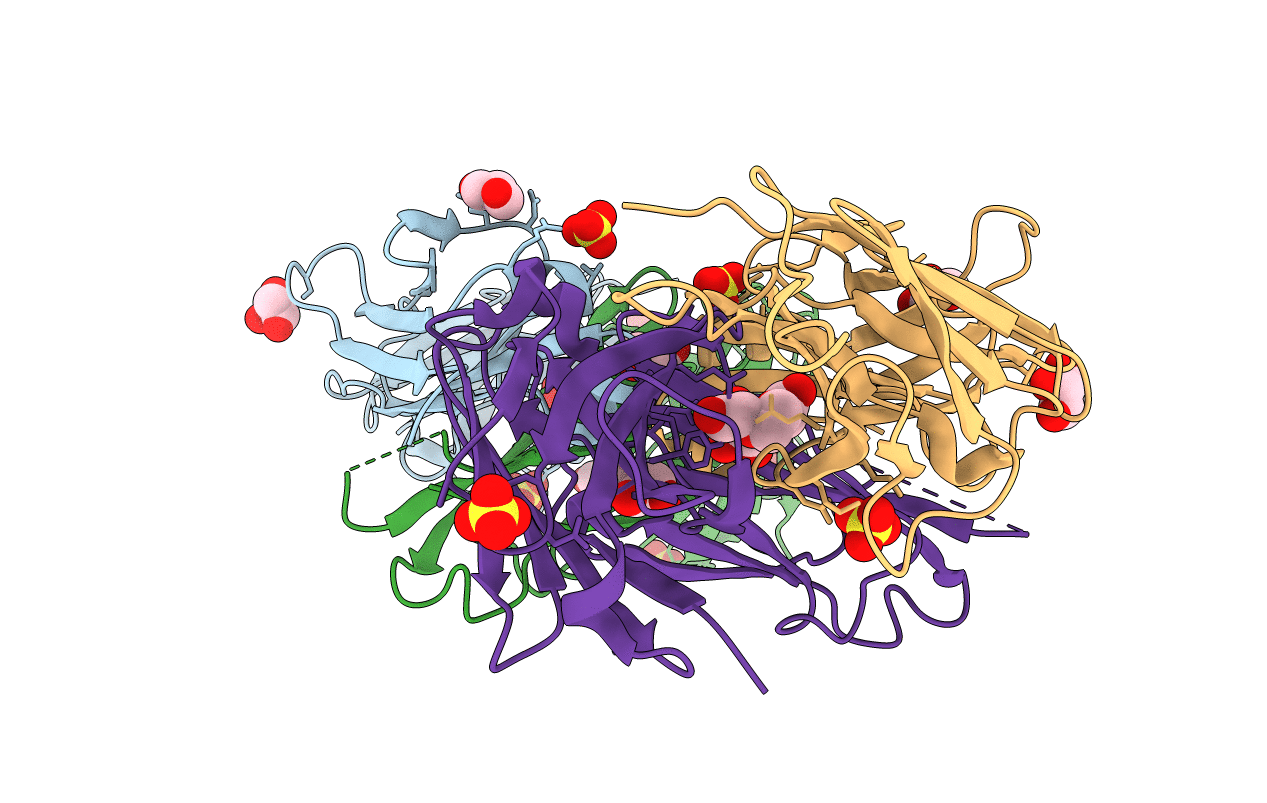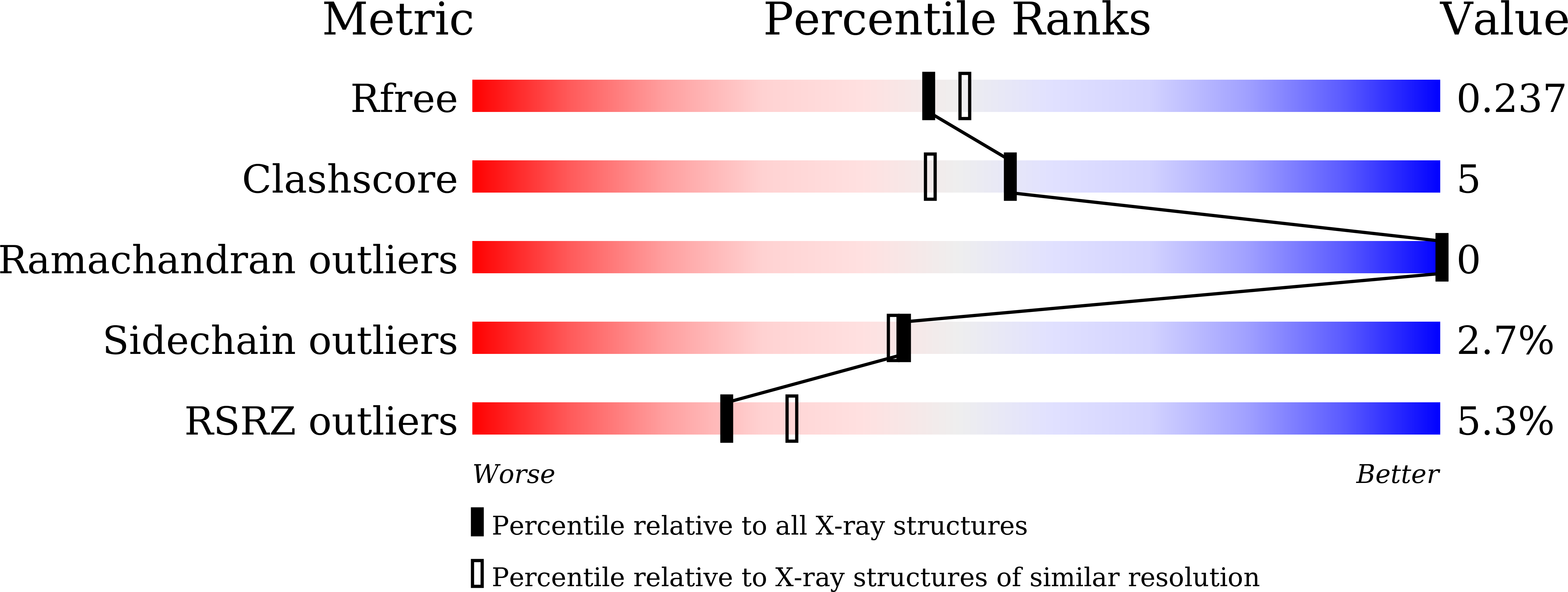
Deposition Date
2020-06-04
Release Date
2020-09-30
Last Version Date
2024-10-16
Entry Detail
PDB ID:
7C95
Keywords:
Title:
Crystal structure of the anti-human podoplanin antibody Fab fragment
Biological Source:
Source Organism:
Mus musculus (Taxon ID: 10090)
Method Details:
Experimental Method:
Resolution:
2.13 Å
R-Value Free:
0.23
R-Value Work:
0.20
R-Value Observed:
0.20
Space Group:
P 1 21 1


